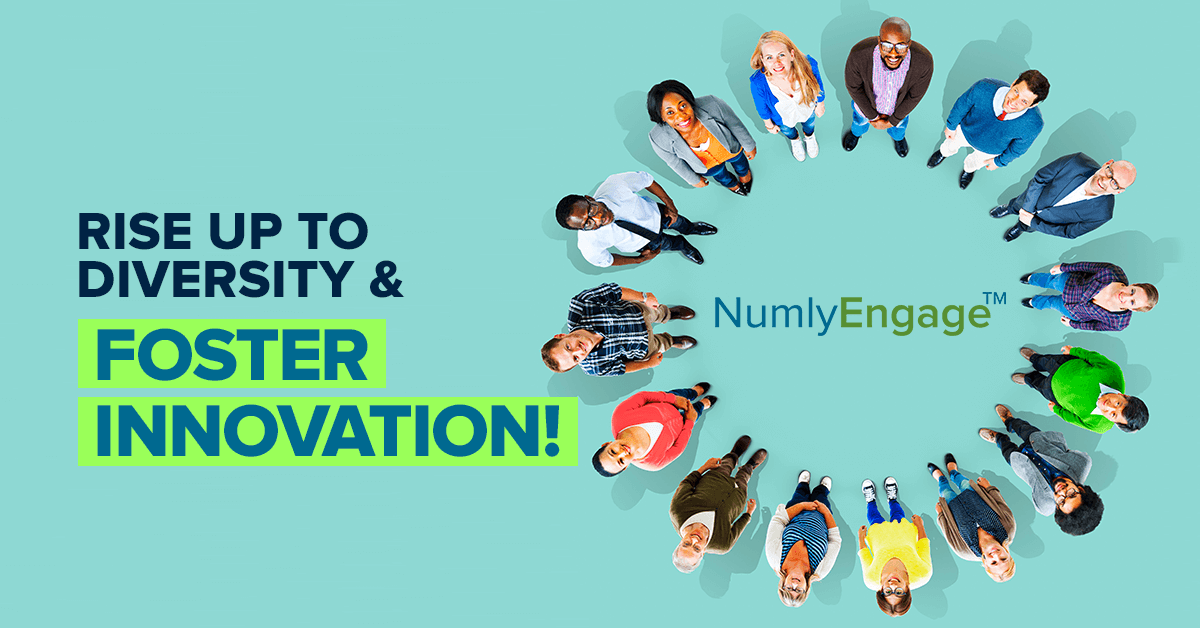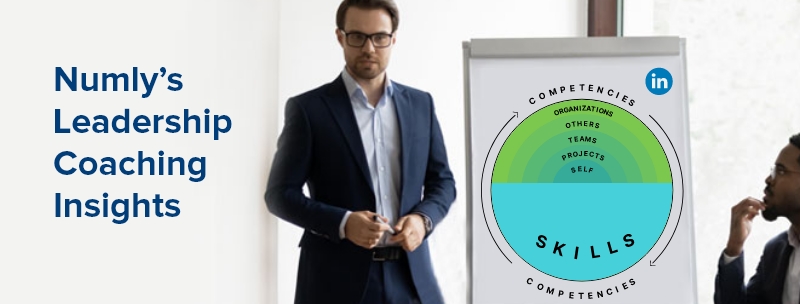Having a diverse workforce is essential in today’s corporate environment. But it’s not as easy as just deciding to make inclusive hires. A Forbes study indicated that a majority of corporate diversity programs haven’t yielded desired results. Around 75% of conventional diversity and inclusion programs have been failing consistently. Thus, it’s essential one must also carefully plan and execute a good DEA program. But how? How do we fight our subconscious biases? How can we create a plan that suits everyone?
Possibly, there are two major problems with current DEI programs.
Problem 1: They are inauthentic
An article in the Economist stated that 12 of the most terrifying words in the English language are “I’m from Human Resources, and I’m here to organize a diversity workshop.”!!
Jokes aside, the statement points towards a general distrust of HR diversity initiatives. According to a study in the Harvard Business Review, companies struggle mainly with finding out what the inclusivity problems are. They found that managers are pushed by a fondness for taking action and finding solutions without understanding the actual issues. Their DEI programs are usually reactionary measures introduced after a specific incident or event. That comes across as inauthentic.
They forget to engage their employees in effective two-way communication. They don’t take the necessary steps to educate the relevant people on measures being undertaken by the organization. To make genuine programs that will create a long-lasting impact on the learners, initiatives must center themselves around thorough research. While this may take time and resources to conduct in the short term, it will save the organization money, time, and energy in the long run. Evidence suggests that organizations constantly invest heavily in diversity training but with little results.
Problem 2: They create a sense of inferiority
Normally, learners feel that they’re being lectured to. Studies show that ‘training’ and ‘coaching’ are terms that employees don’t like. They imply mandatory and remedial programs, which rob learners of a sense of freedom and instill a feeling of failure on some level. Instead, programs must make employees feel they are being presented an opportunity to grow with equity. Programs must focus on teaching behavioral and critical skills which will nurture inclusion and collaboration. It’s time for organizations to create a holistic approach that doesn’t make learners feel like they’re being spoken down to.
Why 75% of conventional diversity and inclusion programs have been failing consistently?
Let’s take a look at some of the major DEI obstacles –
Unconscious Bias
Many companies want to make DEI training voluntary exercises, and not compulsory programs. Doing so has shown improvement in employee participation in such programs. Consecutively, as per a study, there was an increase of 9 to 13% in black and Hispanic men and Asian-American men and women in top management roles. One factor to consider is that there are more benefits of such training for those who already show advanced skill competencies. Employees with low-skill competencies may feel alienated, as they may not be suitable to give training. In such a case, individuals with high competency levels will evolve into role models for other organizational members. If low-skill employees fail to evaluate competency in diversity, they will grow into accepting their errors.
Gender Bias
A huge majority of men accept that teams with a healthy representation of women can perform better. But there is a lack of awareness amongst one-third of men. They are unresponsive to the challenges faced by women leaders. 28% don’t agree that women are more prone to difficulties when it comes to top management roles, despite having equal skills and qualifications.
Racial Biases
A surprising number of people aren’t aware that they have racial and ethnic biases. These are the people most resistant to DEI programs based on racial discrimination. There has to be a shift in this mindset, and the responsibility for such lies on leaders and managers. They must raise awareness by using psychologically protected spaces to create safe listening experiences. That will increase empathy as well.
Manager-focused Training
Most organizations have diversity training programs for their managers. But that’s very counterproductive. It breeds resentment and reflects poor diversity. It is important to have consistent leadership support for employing minorities. It has to be followed through with a plan to ensure inclusivity in key decision-making promotions and promotions to executive levels.
Peer Coaching – The Magic Bullet
The sure-shot way to overcome these two challenges in the form of peer coaching. Yes, I’d mentioned that employees don’t like the word ‘coaching’ – but ‘peer coaching’ is different. The processes themselves vary greatly, despite the two being used interchangeably. Conventional coaching creates a one-way mode of communication, from coach to learner. But peer coaching is a process where everyone involved learns and grows. It’s mutually beneficial, confidential, and structured. The process helps identify and measure skill gaps without making anyone feel uncomfortable.
Peer coaching also helps create realistic benchmarks. Using these, one can quantify the success of each measure. Peer coaching mitigates the negative impact of learning and development programs.
- Using a comprehensive framework, peer coaching helps in changing behaviors through skill exchange. It can address all the DEI goals. Organizations that used peer coaching were more successful at navigating change when compared to competitors.
- Peer coaching helps create awareness and eliminate subconscious biases on gender. It helps create a culture of inclusion for women where they are systematically and actively included in succession plans. Peer coaching can be supplemented with women’s leadership development programs to build conviction.
- To tackle the racial biases, the solid antiracist organizational culture and top leaders’ behavioral changes need to be guided by peer coaching. All these aspects together can help in augmenting individual attitudes and institutional policies.
- Peer coaching initiatives can be molded to be effective for different levels of organizational leadership. It can help leaders assess both personal biases and general biases that hinder inclusivity implementation. Inclusive work cultures empower employees with opportunities and the space to present contradicting views. They also encourage questioning deep-rooted mindsets without a threat to their sense of relevance. Peer coaching helps break hierarchical barriers. It enables teams with cultural or other generic differences to collaborate on projects that proliferate cross-cultural competence.
Robust peer coaching initiatives are effective methods for enabling diversity and inclusion. Both external and internal intervention coaching delivers forward-thinking inclusion tools that combat discriminatory behaviors.
Download this whitepaper on ‘Why Diversity, Equity, and Inclusion Should Be A Business Imperative’ – it discusses in detail the deficiency in diversity and inclusion efforts, how a shift in mindset can reshape the future of the workplace, and how comprehensive and discerning coaching programs are critical in creating a cornerstone for a collective understanding of DE&I.

